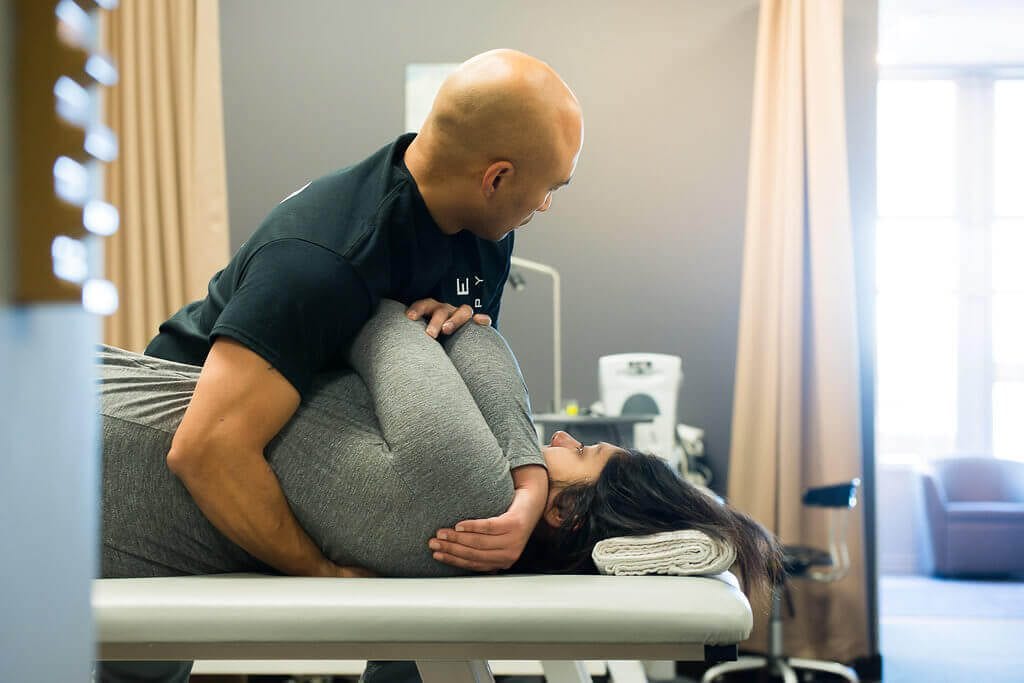Chiropractic care has always been the subject of controversy, with so many people in the scientific community questioning whether the practice is evidence-based or not. That is why it has always been crucial for patients to choose highly specialized chiropractors to treat their chronic conditions. In essence, the success of a chiropractic center requires not only experienced staff but also several pathways to ensure success. Having visited Pro Rehab Chiropractic and Rehabilitation center for the treatment of back pain in Wilmington, I can attest that certain mechanisms guarantee the success of a chiropractic center.
General Considerations
Chiropractic care doctors are supposed to ensure they understand the root cause of the patient’s chronic back pain. This means finding out prior treatment of the injury, whether by oral medication or surgery.
Additionally, the complexity of the patient’s condition should help a chiropractor determine whether he or she will work independently or whether the patient will require the help of a multidisciplinary team. Remember, the goal is to improve the patient’s ability to function as well as educate the patient on their roles for health improvement.
Informed Patient Consent
Chiropractic doctors must communicate the condition, proposed tests, and treatment procedures then receive the patient’s informed consent before proceeding with the treatment. Remember, the patient may have researched before visiting your office. Therefore, as a chiropractic care professional, your role is to offer unbiased information to your patient.
Key Evaluations
Now that you have the patient’s consent, there are vital assessments that must be done before you begin any treatment. These include taking the medical history such as characteristics of back pain, causes of back pain, orthopedic and reflex tests as well as diagnostic tests.
Diagnostic tests such as imaging help the chiropractors determine the indication for a patient’s pain. A chiropractor must also identify the risk factors that might be causing chronic pain.
Severity and Duration of Conditions & Treatment
There are four main divisions of pain namely: acute, chronic, subacute, and recurrent. The difference lies in the persistence of symptoms. As a chiropractic care provider, you must determine the duration of pain symptoms to enable you to choose the right treatment option.
For instance, when a patient experiences acute pain, it means that their pain symptoms have persisted for less than six weeks. The treatment sessions are likely to be fewer compared to chronic pain, where a patient’s symptoms have endured for close to three months.
Additionally, chiropractors should rely on robust literature that details the best type of treatment for a patient. Keep in mind that every patient is different, so treatment must be highly individualized.
Reevaluation of Treatment
A reexamination must be done once the first treatment phase has been concluded. This will guide the chiropractor in modifying or discontinuing treatment. Additionally, it helps to confirm whether there’s a need for additional treatment in the case where the problem has only been partly resolved.
A final exam should be taken after some time for patients that exhibit maximum benefits immediately after the first treatment phase.
Measuring Patient’s Outcome
As a chiropractic care service provider, you must examine several measurable outcomes to determine whether your patient has received the maximum benefit. These outcomes include a reduction in pain scales, an increase in capacity to exercise and to carry out leisure activities as well as a reduction in prior work restrictions.








